Following a dynamic 2025, Vietnam’s automotive market is poised to enter 2026 with a multifaceted landscape: brimming with growth opportunities yet facing profound restructuring challenges.
From a holistic perspective, five key drivers will shape Vietnam’s automotive market in the coming year.
Growth Persists, but at a Slower Pace
According to forecasts from various research organizations, total car sales in Vietnam for 2026 are expected to reach approximately 380,000–400,000 units, marking a modest 6–8% increase compared to 2025.
This growth rate is lower than the 2023–2025 period (averaging 11–12%), attributed to a temporary saturation effect following a purchasing boom. Many consumers have already purchased vehicles in the past two years, leading to a slight decline in actual demand.
Nevertheless, the market remains buoyed by new growth drivers, including macroeconomic recovery as average per capita income surpasses $4,500 (118.53 million VND); the expansion of the young middle class in secondary urban centers like Can Tho, Hai Phong, Thai Nguyen, and Binh Duong. Additionally, the ongoing improvement of transportation infrastructure, particularly Phase 2 of the North-South Expressway and ring road systems in Hanoi and Ho Chi Minh City, further supports growth. Consequently, Vietnam continues to be regarded as one of Southeast Asia’s most promising automotive markets, second only to Thailand and Indonesia.
The Era of Three-Way Competition: Japan, South Korea, and China
A decade ago, Vietnam’s automotive landscape was dominated by a “triangle” of Japanese, South Korean, and Vietnamese brands (with the newly established VinFast). By 2026, however, a new player has entered the arena: China.
Brands such as BYD, Chery, Omoda, Haval, and Geely are accelerating their market penetration, leveraging competitive pricing, advanced technology, and diverse product portfolios, particularly in electric and hybrid vehicles.
BYD plans to introduce 3–4 new models in Vietnam in 2026. Meanwhile, Chery and Omoda are establishing additional assembly plants in Vietnam, reducing vehicle prices and enhancing tariff advantages.
In response, Japanese brands (Toyota, Honda, Mitsubishi) are increasing their hybrid offerings, upgrading safety technologies, and maintaining their reputation for durability and fuel efficiency. South Korean brands (Hyundai, Kia) are focusing on “youthful” product designs, investing in aesthetics, amenities, and marketing.
2026 will witness a fierce competition among three powerhouses: Japanese vehicles renowned for durability and resale value, South Korean vehicles offering ample features at reasonable prices, and Chinese vehicles boasting modern designs, affordability, and advanced battery technology. The outcome of this competition will hinge on Vietnamese consumers’ trust in Chinese vehicles’ reliability during real-world usage.
Electric Vehicles Enter a True Commercialization Phase
While 2025 marked the “awareness boom,” 2026 will see electric vehicles (EVs) enter a genuine commercialization phase in Vietnam.
VinFast is expected to maintain its leading position, thanks to its extensive charging network and diverse product lineup, ranging from compact models (VF 3, VF 5) to premium offerings (VF 8, VF 9). VinFast’s domestic EV sales are projected to exceed 100,000 units annually, capturing over 60% of Vietnam’s EV market share.
Other brands are also accelerating their EV efforts. Skoda will introduce two new fully electric models, the Enyaq and Elroq, both of which are top-selling EVs in the highly competitive European market. Toyota is not only expanding its hybrid lineup but may also launch the bZ4X electric vehicle in Vietnam.
The charging infrastructure is also expected to expand, scaling up to meet the growing demands of EV users.
The Rise of Domestic Vehicles and Supporting Industries
To reduce import dependency, the Vietnamese government is promoting the localization of automotive components.
Thaco Auto, TC Motor, Toyota Vietnam, and VinFast have all announced plans to expand component manufacturing facilities and collaborate with domestic enterprises. These initiatives not only reduce costs but also enhance local production capabilities, paving the way for complete vehicle exports to ASEAN.
Notably, the Chu Lai (Quang Nam), Ninh Binh, and Hai Phong – Cat Hai industrial zones are emerging as three key automotive clusters, serving as production and logistics hubs.
The Market Shifts Toward “Vehicles for the Young”
A notable sociological trend is the significant youthification of car buyers. The 28–40 age group accounted for over 60% of new vehicle registrations in 2025 and is expected to grow further in 2026. This demographic, raised in a tech-savvy environment, prioritizes convenience and personalization. They favor vehicles with large central displays, smartphone connectivity, Vietnamese voice control systems, and customizable color and interior options.
To cater to these preferences, automakers are adopting a “digital-first” strategy, emphasizing online sales, virtual reality (AR/VR) experiences, customizable configurations, and electronic contract signing. This fundamental shift in consumer behavior reflects how vehicles are no longer just modes of transportation but symbols of lifestyle for young Vietnamese.
Policies and Taxation: Decisive Factors
2026 will also see Vietnam finalizing a new legal framework for the automotive industry. The revised Road Traffic Law is expected to introduce higher safety standards, while special consumption tax policies may be adjusted to favor electric and hybrid vehicles while increasing taxes on large-displacement gasoline vehicles.
Additionally, major cities will implement plans to restrict gasoline-powered motorcycles in central areas, further promoting green transportation. If these policies are implemented cohesively, the market structure will shift significantly, transitioning from “buying vehicles based on price” to “buying vehicles based on sustainable value.”
Vietnam: A New “Bright Spot” in Southeast Asia’s Automotive Industry
Looking ahead to 2026, Vietnam is clearly entering a phase of defining its unique identity in the automotive industry, emerging as both a major consumer market and a rising production hub. Key factors such as stable growth, policies encouraging clean energy, and the capabilities of domestic enterprises are positioning Vietnam as a new focal point for the industry.
Competition will intensify, but this will drive sustainable development. As consumers benefit from improved technology, pricing, and services, the entire industry will advance. If 2025 was the year of “awakening,” 2026 promises to be a pivotal year, laying the foundation for a decade of true automotive transformation in Vietnam, where vehicles become not just means of transportation but symbols of economic progress and modern Vietnamese aspirations.
TH (Tuoitrethudo)

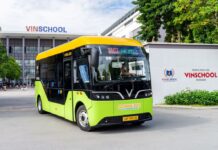






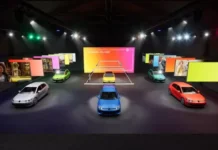


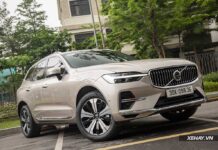








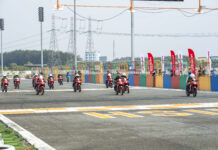








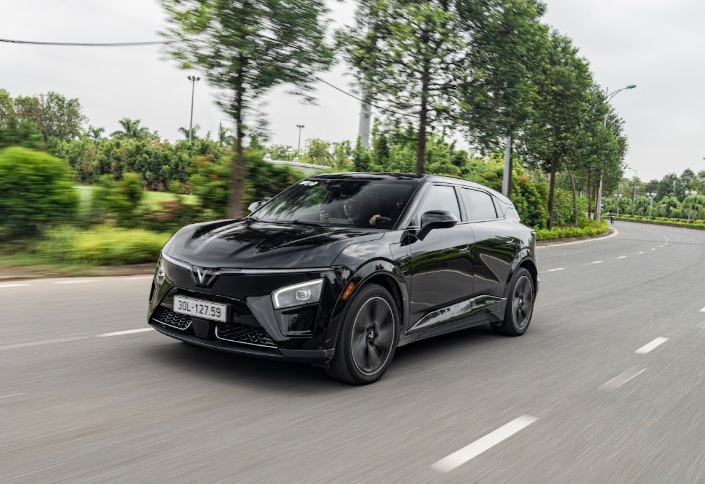
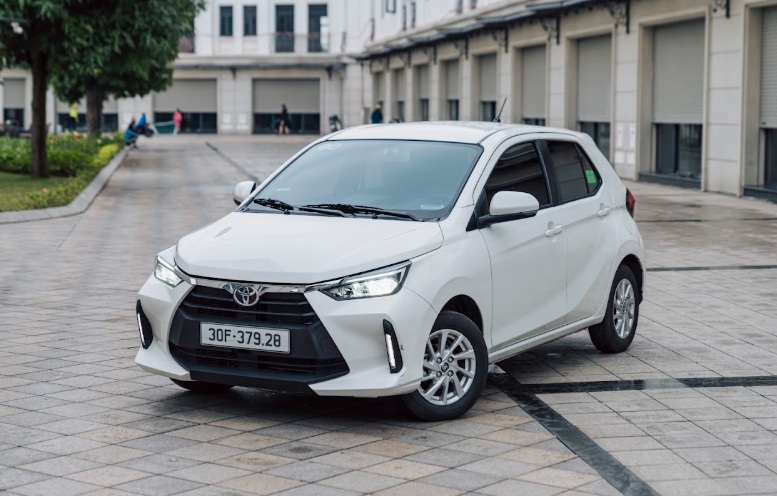
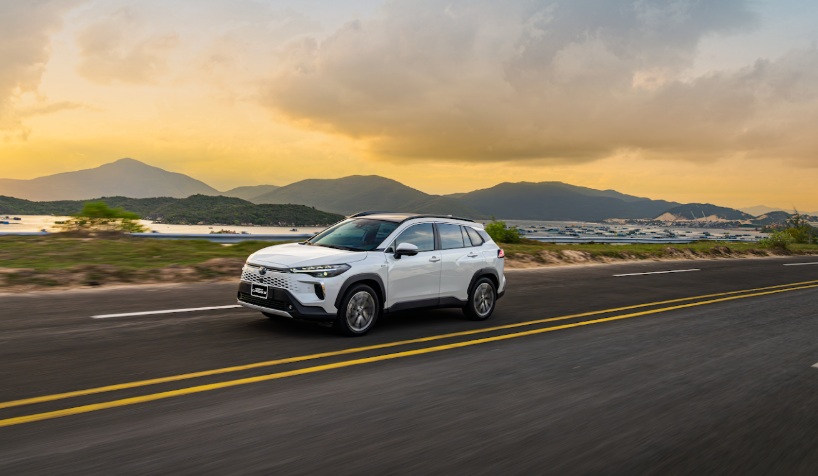


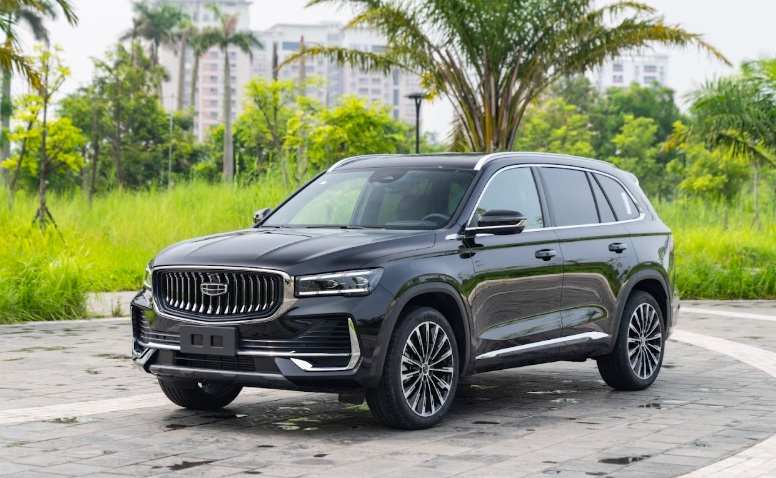

















![[VMS 2024] “30 Years of Empowering Every Journey” Mitsubishi Motors Vietnam](https://vnauto.net/wp-content/uploads/2024/10/Xehay_gianhangmitsu30nam_221024_1-100x70.jpg)